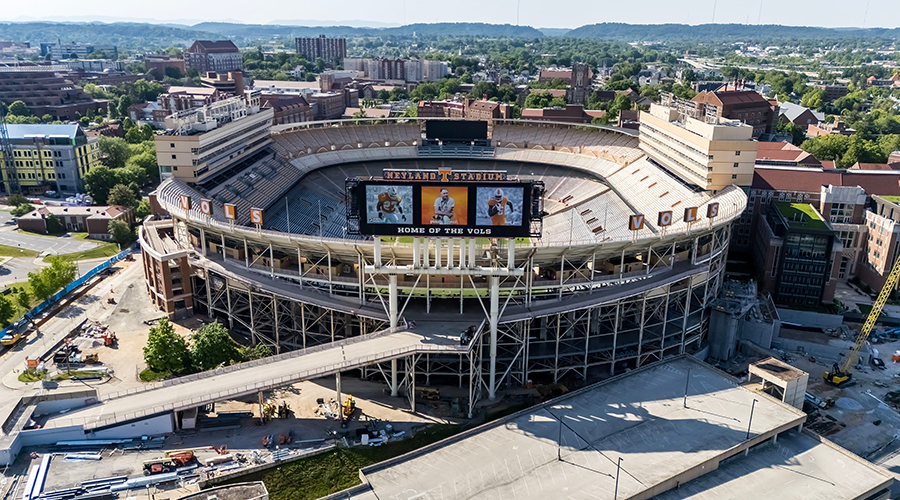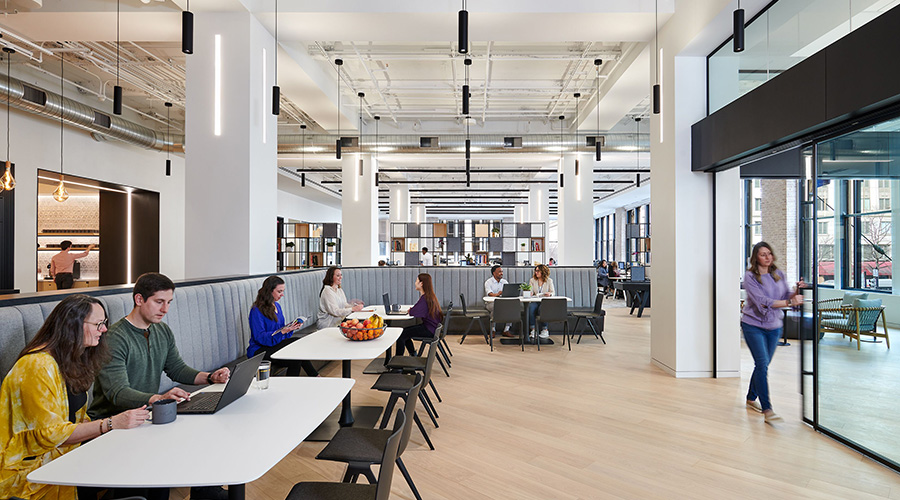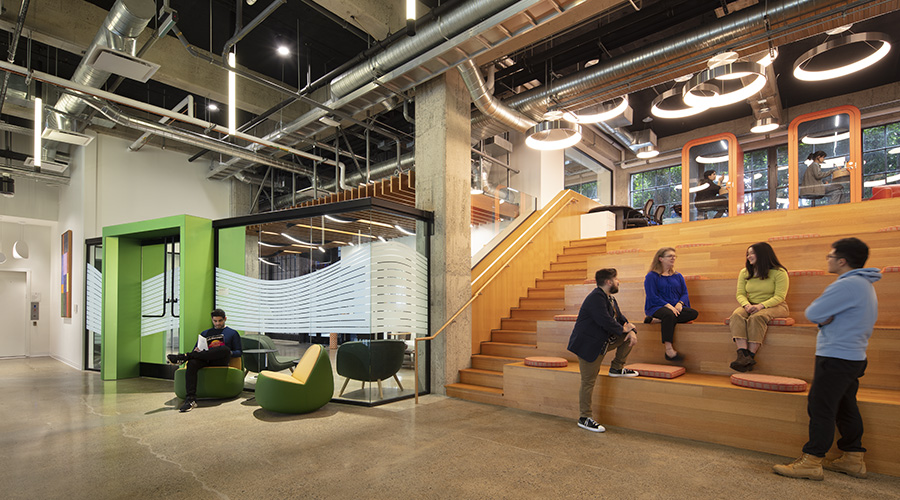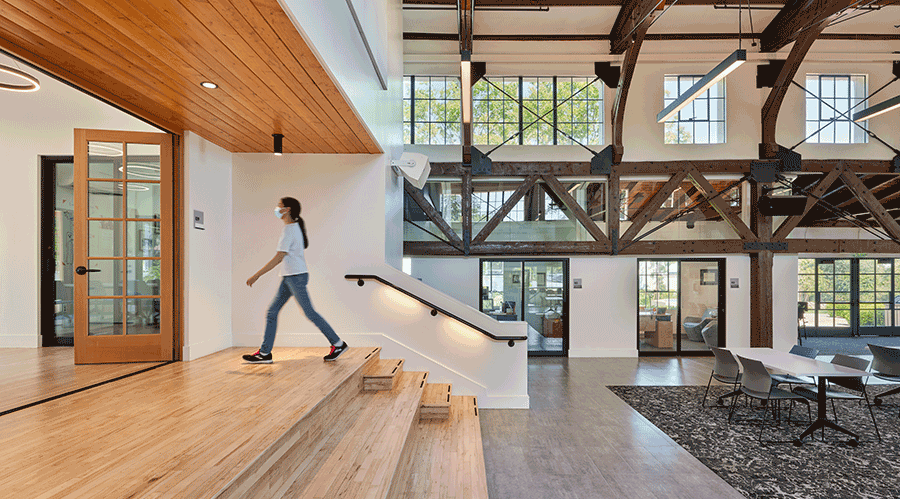ISO Standard Addresses Design, Construction and Maintenance for Safer, Longer-Lasting Building
ISO has published a new standard to help engineers, builders and managers design safer structures that resist failure due to environmental and mechanical stresses and material degradation
ISO has published a new standard to help engineers, builders and managers design safer structures that resist failure due to environmental and mechanical stresses and material degradation.
According to the standard, buildings, civil engineering works and industrial structures and their components should be conceived, constructed, inspected, maintained and repaired so that, under foreseeable environmental conditions, they maintain their required performance during their design lives with sufficient reliability for the safety and comfort of occupants and the intended use of the structure.
ISO 13823:2008, General Principles on the Design of Structures for Durability, specifies general principles and recommends procedures for verifying the durability of structures subject to known or foreseeable environmental actions, including mechanical actions, causing material degradation that leads to failures.
The standard aims to:
• improve the evaluation and design of structures for durability by incorporating building-science principles into structural-engineering practice
• provide a framework for developing mathematical models to predict the service life of a structure’s components.
ISO 13823:2008 covers basic concept for verifying durability, durability requirements, design life of a structure and its components, predicted service life, and strategies for durability design.
The standard does not directly address sustainability for structures. Most considerations of sustainability, such as the choice of material as it affects waste and energy use, are outside its scope. But indirectly, durable structures improve the sustainability of infrastructures.
Related Topics:











